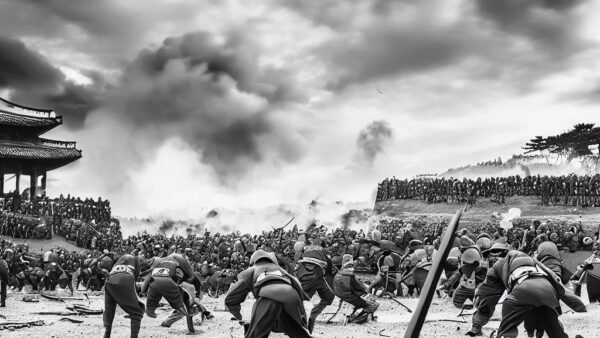Rallying the Troops for a New Crusade
By the late 1200s, Saladin and his Ayyubid forces had gained a major upper hand in the Holy Land, recapturing Jerusalem and large swaths of crusader territory. This massive defeat at the Battle of Hattin in 1187 was a huge shock that prompted Pope Gregory VIII to call on Christian armies to gather once more for a crusade. King Guy of Lusignan answered the call, knowing they must launch a new offensive to take back what had been lost.
Setting Their Sights on Strategic Acre
With Jerusalem seemingly out of reach for now, Guy and his strategists decided to focus their initial efforts on capturing the important coastal city of Acre. Situated on the Mediterranean coast, Acre was a major port that would give the crusaders a valuable landing point and supply base for future campaigns inland. It was also already under siege by Saladin’s forces, presenting an opportunity to strike a blow against his forces from the get-go.
The Grueling Years-Long Battle Begins
In 1189, Guy launched his crusader army at the besieged city of Acre. What followed was a brutal slugfest that would drag on for nearly two whole years. The crusaders surrounded Acre’s mighty walls and launched barrage after barrage of attacks with siege weapons and raids. Meanwhile, Saladin reinforced his defenders stubbornly holding out within. It was a war of attrition with both sides suffering heavy losses over those long months under the scorching Levantine sun.
Superhuman Efforts to Take the City
As time went on, conditions within the crusader camp grew harder with disease spreading. Yet still the siege pushed forward with immense effort and sacrifice. Makeshift shelters and trenches were constructed while mangonels and trebuchets relentlessly pounded Acre’s fortifications. Through every challenge, King Guy and his top lieutenants like Richard the Lionheart encouraged their exhausted men to keep up the pressure, knowing the prize was well worth it.
Acosta Falls at Long Last
By mid-1191, over two years since it began, Saladin’s defenders inside Acre were reaching their breaking point. With dwindling supplies and thousands of casualties, the sultan could reinforce them no longer. On July 12th 1191, the crusaders finally attained a breach big enough in the walls. A ferocious final assault swarmed through, overwhelming what remained of the garrison. Acosta had fallen back into Christian hands after their enormous endeavor.
Aftermath and Continued Quest for Jerusalem
Though a crucial victory, Guy and his crusaders had suffered terribly in the process. Their casualties over the lengthy siege drained manpower needed for further campaigns. Meanwhile, Saladin was given time to recover and reinforce key territories protecting Jerusalem. The crusade marched on but gained no decisive victories, ultimately leading to an agreement that temporarily allowed Christian pilgrims access to the holy city without ceding full control. While Acre was taken in an epic siege, the Third Crusade’s grand goal remained unfulfilled for the time being…

Originally posted 2023-08-26 09:30:27.




